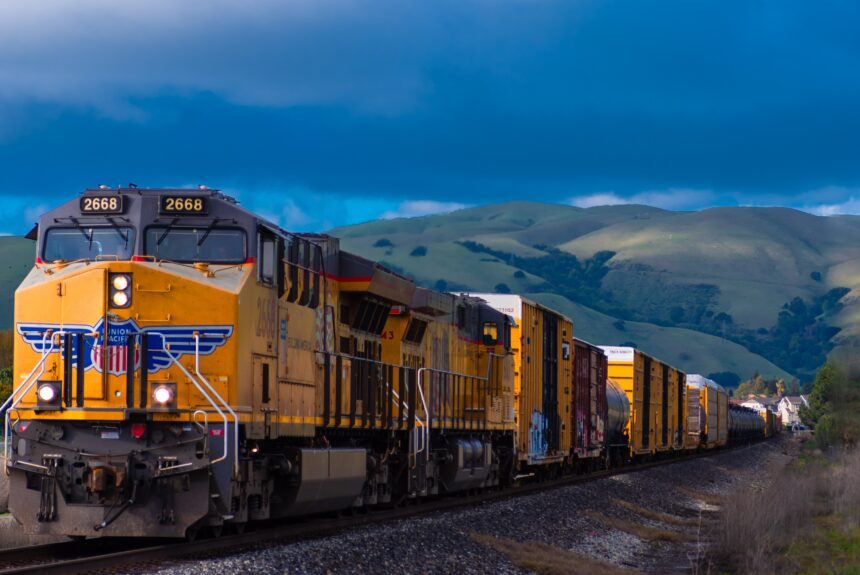The movement to live greener is well underway – spanning the sectors of energy, transportation, and beyond. Part of the complexity of climate change, however, is that there is no silver bullet solution that encompasses all facets and nuances of this challenge, no matter how much politicians try to sell it that way. Faced with such a daunting task, it’s important to look for solutions and celebrate wins wherever we can.
>>>READ: Relieving Traffic Congestion is Good for Drivers, Consumers, and the Planet
That’s why, at the American Conservation Coalition, we emphasize the central role that individuals, communities, and companies play in displaying environmental leadership and addressing climate change. By empowering the private sector to take the initiative and lead with market-based solutions, we’re much more likely to achieve the innovations and progress necessary.
While criticism often abounds for so-called ESG initiatives, it’s clear that private companies are increasingly interested in assessing climate risk and reducing their environmental footprint, as C3’s very own Nick Loris pointed out recently.
This is especially true of the transportation sector. With transportation representing the largest share of carbon emissions in the U.S. at 29%, no climate conversation is complete without considering how we can decarbonize this crucial sector.
While we often hear about progress with electric vehicles or sustainable aviation fuel, an unheralded industry that’s caught my eye lately is the railway industry. We don’t typically think of trains as a climate solution, but as a recent report from the Association of American Railroads highlights, rail is in fact the most energy-efficient of all the motorized modes of transportation, scoring significantly higher than cars, trucks, and aviation. Furthermore, according to the International Energy Agency, global rail transport could be key to reducing emissions from the transportation sector long-term.
Just last week, the U.S. Senate Committee on Environment & Public Works held a hearing dubbed Cleaner Trains: Opportunities for Reducing Emissions from America’s Rail Network, which addressed the role the railway industry can play in tackling climate change while expanding economic opportunity.
Though the transportation sector overall remains the single largest emitter of greenhouse gases in the country, the freight rail industry contributes to less than 2% of those emissions, while accounting for 28% of goods transported by freight. In contrast, light- medium- and heavy-duty trucks together represent half of all transportation emissions.
AAR’s report emphasized that shipping goods by rail is up to four times more fuel-efficient than doing so by truck. Certain railroads can move a ton of freight for nearly 500 miles on a single gallon of fuel. Consider that, if we were to replace 10% of freight being shipped by truck with trains instead, it would be the equivalent of planting 300 million trees. Increased rail interconnection and transportation of goods offer a compelling way to reduce emissions in the most emissions-intensive sector of the U.S. economy.
Some companies are already leading the way within the industry. For example, CSX, one of the largest train companies in the country covering the entire Eastern U.S., recently released their 2022 report, showing how they’ve reduced emissions intensity by more than 13% since 2014.
Crucially, they’ve managed to do this while increasing revenue significantly. CSX’s ability to bolster its bottom line while reducing its carbon footprint is yet another example of the ways in which the private sector and economic freedom can drive environmental progress. Importantly, CSX was able to accomplish this feat through innovation that was supported by a pro-growth policy framework, not restrictive regulations.
>>>READ: East Palestine Environmental Crisis: Focus on Containment, Clean-Up, and Causation
This trend is being seen not only in the rail industry but across the U.S. economy as well. As data from Our World in Progress illustrates, per capita emissions in the U.S. have fallen below WWI levels all while our economy has remained the world’s largest. Indeed, economic freedom and bottom-up solutions are allowing the U.S. to reach new levels of economic and environmental prosperity.
At the end of the day, private sector leadership is crucial. When it comes to the transportation sector, one of the most important sectors to decarbonize in the fight against climate change, it’s exciting to see how the railway industry and companies like CSX are leading the way in this.
As the Cleaner Trains EPW Senate hearing emphasized, policymakers must recognize the significant role freight rail plays – not only in reducing emissions – but also in strengthening American supply chains and economic growth. And, more than anything, lawmakers must empower private companies and entrepreneurs to do what they do best: innovate.
Chris Barnard is the President of the American Conservation Coalition (ACC). Follow him on Twitte @ChrisBarnardDL
The views and opinions expressed are those of the author’s and do not necessarily reflect the official policy or position of C3.
